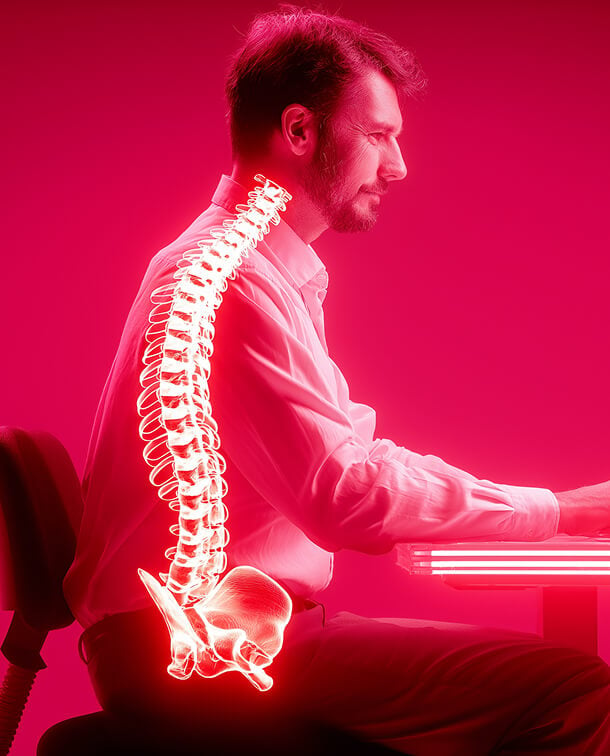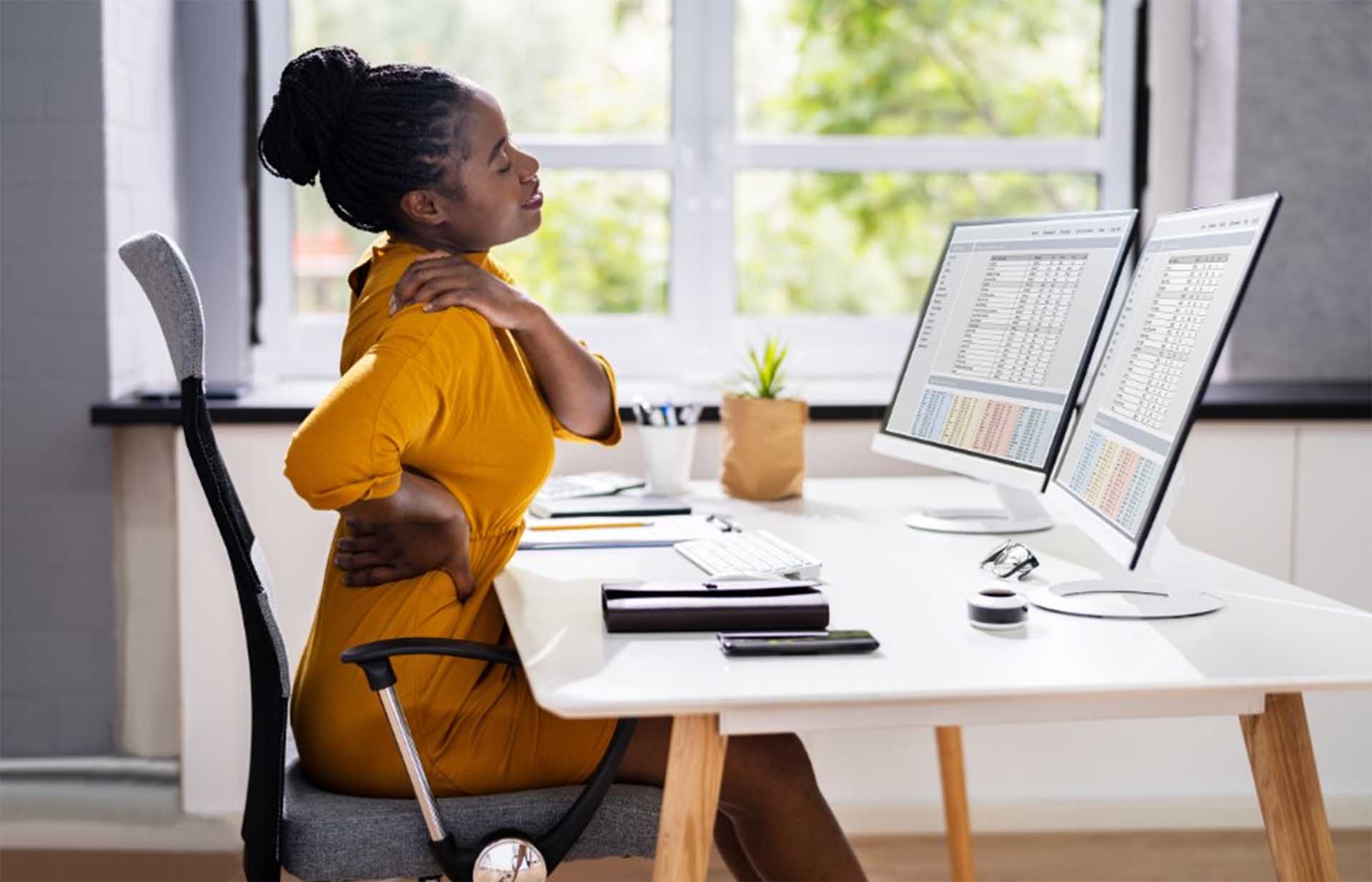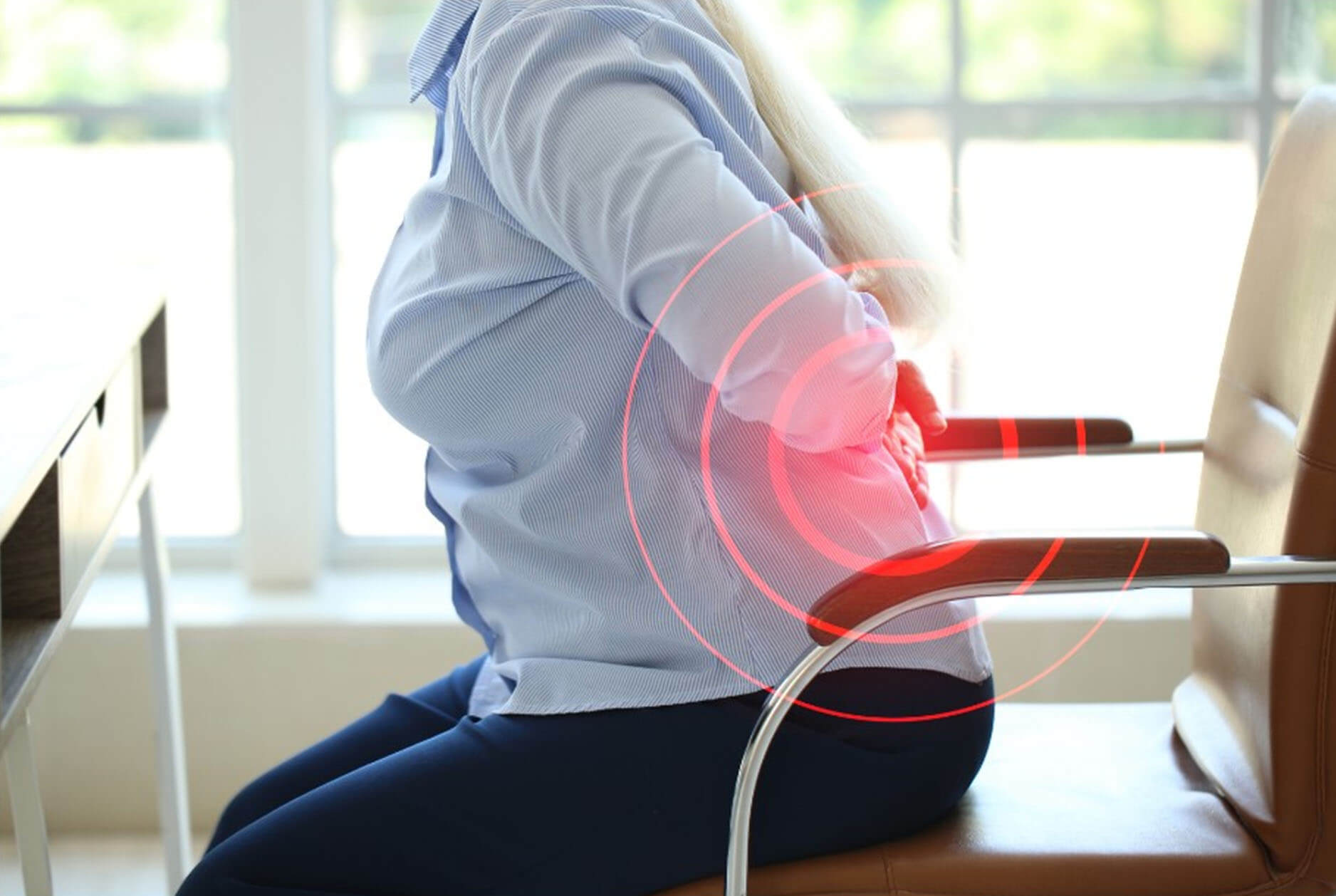Spinal stenosis can be a crippling condition, causing serious discomfort and all too often, limited movement. Today, we will look at options for those dealing with pain management of this intense affliction. So, what can help? What's the best approach to help if you’re suffering with the daily discomfort spinal stenosis? Is medication the only compelling solution, or are there safer alternatives? Let's explore these questions.
Understanding Spinal Stenosis Pain
Spinal stenosis, characterized by the narrowing of the spinal canal, often results in pain, numbness, and weakness in the affected areas. This pain can be a persistent challenge for those living with the condition. What are your options to find some relief?
The Role of Pain Medication
For many, over-the-counter pain relievers like acetaminophen (Tylenol) or ibuprofen (Advil) can provide some relief from spinal stenosis pain. Used in moderation, these options are safe. However, these should be used under the guidance of a healthcare provider, as taking these medications too frequently can lead to serious side effects.
Prescription Medications for Severe Spinal Stenosis Pain – What You Need to Know
In more severe cases, when the pain from spinal stenosis gets intense, doctors might suggest stronger medications like muscle relaxants or opioids. We all know how dangerous these drugs can be, and we've sadly seen people fall into addiction or even overdose. It's essential to use great caution when considering these options.
The Bottom Line
While pain medications can offer relief, they come with risks, particularly when used long-term. Opioids, for example, can be habit-forming and may lead to dependency. These medications may also have side effects ranging from dizziness and nausea to more severe complications.Considering the potential risks of relying solely on medication, many individuals seek alternative methods for managing spinal stenosis pain.

Taking the Wheel in Dealing with Your Pain – Exploring Safer Alternatives
Here's the silver lining: you don’t have to be resigned to concede to the risks associated with prescription painkillers. Do what is in your control! Embrace a daily routine that includes physical therapy, regular stretching exercises, and taking proactive steps to better your posture. Finally, keep an eye on your weight and be aware of your sitting habits. These small changes in your daily routine can make a huge impact over time!
Make time for specifically tailored physical therapy: Physical therapy may be a helpful tool to managing your spinal stenosis. It focuses on strengthening the supporting muscles around the spine, improving flexibility, and teaching proper ways to move to reduce strain on the spine.
Get moving: Making time for regular low-impact exercises like swimming, walking, or cycling can help you maintain your best spinal health and even alleviate pain. Specific exercises that focus on strengthening your core and improving your flexibility are particularly beneficial.
Watch your weight: Carrying around extra weight on our frames invites a host of problems. Doing your best to use moderation and maintain a healthy weight is crucial, as excess weight can directly worsen spinal stenosis symptoms. A balanced diet and regular exercise can help in this effort.
Practice mind-body techniques: Practices like yoga and meditation can help you manage pain by reducing stress and improving overall well-being. Taking time for these practices can not only help you with your stenosis pain, but they can also create a positive ripple effect in your everyday life.
Investigate how you sit every day: An often-underestimated aspect of pain management is creating an ergonomic workspace. Investing in a supportive office chair and optimizing your desk setup can significantly reduce strain during work hours.
Easing Spinal Stenosis Discomfort: The Impact of a Quality Office Chair on Your Sitting Hours
Here’s why a well-designed chair matters:
Proper Spinal Alignment: A well-designed office chair provides essential lumbo-sacral support, promoting proper spinal alignment. This helps alleviate pressure on the spine, reducing discomfort.
Posture Maintenance: Maintaining good posture is essential in managing spinal stenosis. Ergonomic chairs encourage proper posture by reducing the risk of slouching and associated spinal strain.
Adjustability: Look for a chair with lots of personal adjustment features. These allow you to customize your seating position to your unique body shape and needs. Things like adjustable seat height, armrests, and a tilt feature will ensure maximum comfort.
Comfort During Prolonged Sitting: A comfortable cushion directly impacts productivity and focus. An ergonomic office chair minimizes discomfort, allowing you to concentrate on your tasks more effectively.
The choice is yours.
While medication can be a part of spinal stenosis pain management, it’s always wise to consider all your options. Take the time to talk to your healthcare professional and be proactive! Create a daily plan that will help you address your unique needs. An ergonomic office chair is an essential component of this strategy, as it can help you be more comfortable when facing long work hours. By embracing a holistic approach to caring for your well-being, you can find the relief and comfort you deserve.
Reference:
Lurie, J., & Tomkins-Lane, C. (2016). Management of lumbar spinal stenosis. Bmj, 352.
Wiltse, Leon L. M.D.*; Kirkaldy-Willis, W. H. M.D., F.R.C.S.C., F.R.C.S.E.**; McIvor, G. W.D. M.D., F.R.C.S. (C). The Treatment of Spinal Stenosis. Clinical Orthopaedics and Related Research (115): p 83-91, March 1976.
Siebert, E., Prüss, H., Klingebiel, R., Failli, V., Einhäupl, K. M., & Schwab, J. M. (2009). Lumbar spinal stenosis: syndrome, diagnostics and treatment. Nature Reviews Neurology, 5(7), 392-403.
Malmivaara, A., Slätis, P., Heliövaara, M., Sainio, P., Kinnunen, H., Kankare, J., ... & Finnish Lumbar Spinal Research Group. (2007). Surgical or nonoperative treatment for lumbar spinal stenosis?: a randomized controlled trial.
Deyo, R. A. (2010). Treatment of lumbar spinal stenosis: a balancing act. The spine journal, 10(7), 625-627.
Recent Post
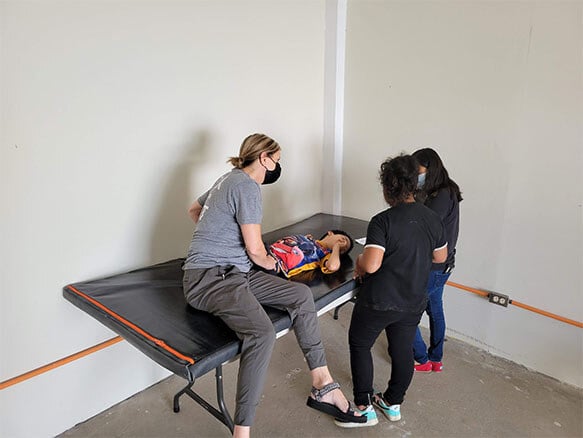
Four Lessons About Seating Everyone Can Learn from Wheelchair Users
September 18, 2025Working with wheelchair users has been an...
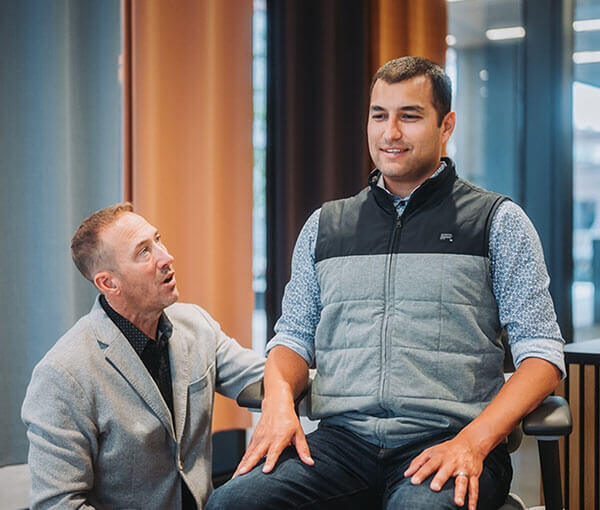
People Over Profits: Why Anthros Puts Comfort and Care First
September 17, 2025At Anthros, our mission is simple: to put people...





